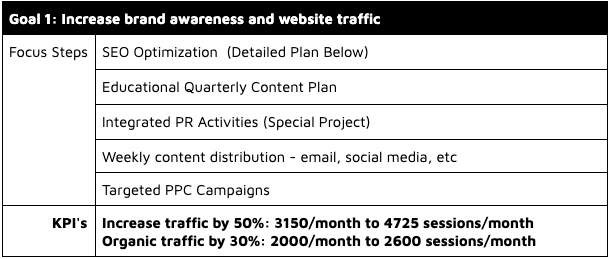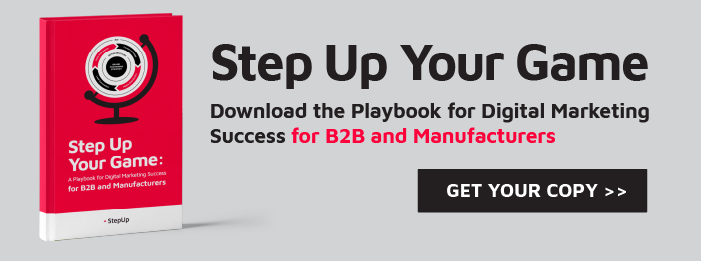If you’re responsible for marketing, sales or business development for your B2B company, you have a unique and different set of challenges than businesses looking to market directly to consumers. While B2B marketing uses many of the same techniques as B2C marketing, the application is very different and marketing to other businesses requires a different content strategy focused on different channels. It’s essential to set good metrics and make sure you’re tracking the impact of your efforts. While there are a number of challenges of industrial marketing, here are a few common ones, and how you can overcome them.
Producing Quality Content
Content marketing, as part of a broader inbound marketing system, is an incredibly effective way to draw in an audience of potential leads, showcase your expertise, and get leads reaching out to you. However, producing that content, especially in an industrial setting, can be a challenge. The content has to be technical enough to show a clear understanding of the material without being so complex as to turn off potential leads who come from business backgrounds, like a VP Purchasing or CMO, who aren’t experts in the technical side of your product. The solution is to have content marketers work closely with technical staff to ensure that content produced is both accurate and readable. With the directive from upper management to participate, technical team members often enjoy explaining everything they do.
Promoting Your Content
Putting out great content is only the first step. Once you’ve written an article that you think will resonate with potential leads, you have to publish it in different channels that will get their attention. Your business needs to have a presence in a number of different content channels and plans to attract leads to your content. It’s key to think about your target market and to understand what channels they use most for industry learning and research. For example, in the US LinkedIn is a primary content channel for serious B2B companies. However, in India, Facebook and Youtube are extremely relevant even for highly technical businesses. Making a good content distribution plan based on your target audience before you start publishing content is a good way to ensure that what you write gets read by the right people.
Setting Expectations
Everyone, including upper management, reads stories about runaway successes with internet marketing, so it’s important before you begin your marketing campaign to research what is typical for your industry and set expectations accordingly. Then, revisit your plan periodically and compare your expectations to actual campaign metrics. Show how many people are viewing your content in different channels and how many are clicking through to your website or reaching out for follow up. If you can, work with your sales team to track how many of these leads convert into sales so you can show, with a dollar amount, the impact of your marketing efforts.
Maintaining Publishing Schedules
Once you’ve started a successful content campaign, you need to continue to develop content so that fresh material containing the correct keywords appears on your website and in your content channels. Someone on the marketing team has to take responsibility for researching and creating content and making sure it gets out on time. If you don’t have an in house marketing team, consider outsourcing your marketing to an external agency that specializes in B2B companies – sticking to a publishing schedule gets challenging if there is no one dedicated to the project. Don’t think you need to publish daily for success. Instead, focus on quality, reliability and applicability so that your articles have the biggest impact.
Trying New Channels
If your organization is having success with one content channel, it may be difficult to get them to consider trying a different or new channel. This is often a place where recycling old content can be useful to establish yourself on the channel or, if you’re looking at something like YouTube where you’d have to create video content, that content can then be used on your existing channels. Shaking up the type of content offered can get the attention of your existing audience and give you a great way to cross-promote your efforts.
While inbound marketing for industrial B2B businesses can be challenging, with good planning and execution, it can be very effective. Bringing in a team like StepUp can help meet this challenge. We take the time to understand your business and brainstorm content ideas that will resonate with your leads. Then we work with your staff to ensure our content is accurate but we take the responsibility for keeping the good content coming. If you’d like to learn more, reach out to us for a free marketing strategy session and learn how to apply inbound marketing principles to your business.








